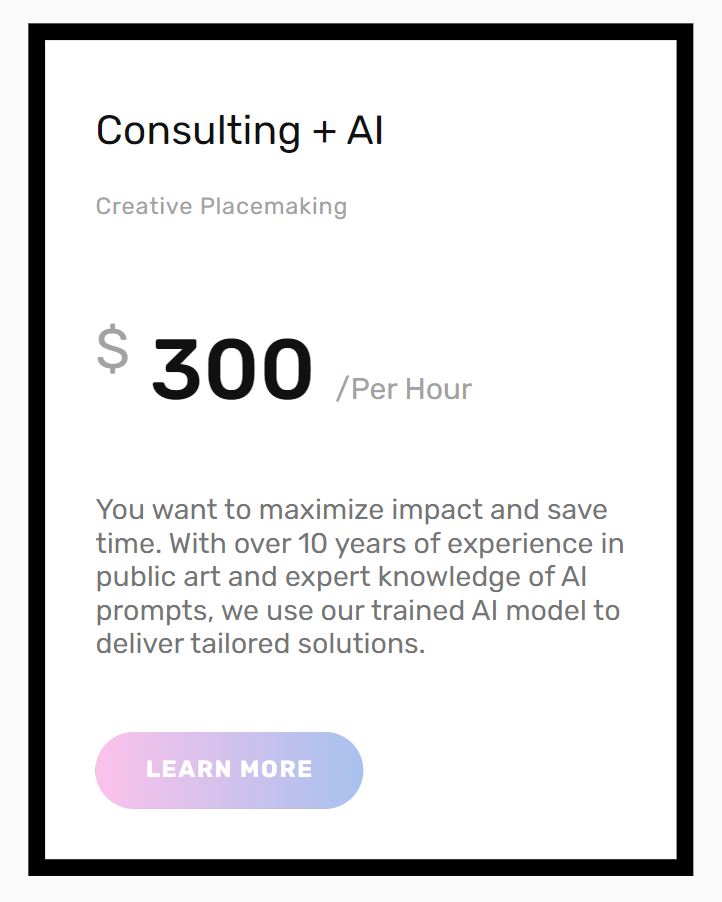In the summer of 2018, after a particularly exhausting work week, I remember sitting and listening to my boyfriend Christian complain about frustrations at work over dinner. I asked him, if he could do anything for a living, what would he do? “Well,” he paused thoughtfully, “I guess I would make a living from my art… but people don’t really do that”. He shrugged the idea off, but it stuck with me. No man that I love is going to miss out on living their dreams. He was talented, and I knew that with the right steps in getting started in public art, we could build a better career for him.
Fast forward to today, and I am sitting in my office making travel arrangements. We will be heading to Europe twice later this year to paint at street art festivals. Christian (now my husband) is painting across the hall in his studio space, and we just received a check in the mail that is the equivalent of half a year’s salary at his old 9-5 job. We both left our old jobs over a year ago and approach his art as a business full-time. Needless to say, some major changes have occurred.
A secret that I have not shared with many people is, as much as we have maneuvered and planned and pushed to get to where we are, it all started rather unintentionally and snowballed from there. We started small, focused on what we could do to grow in our current moment, and built up our art business from there. Below are a few simple steps for getting started in public art that got us up and running.
1. Build a Digital Public Art Portfolio
A few years prior to starting this journey (or even meeting Christian), I was running a travel magazine focused on the Central Florida area. Magazines are just marketing bundles dressed
up with nice photography. I understood very well the power of a brand’s forward-facing imagery, and I knew that our first step in growing Christian’s career as an artist was showcasing his work digitally where people could find it.
Initially, Christian did not have social media accounts for his work, or even a website to use as a base for his portfolio. We got to work creating these, separating his personal life online from his professional life online.
My first tip for aspiring street artists would be to curate a strong portfolio specifically tailored to mural art. Include high-quality photographs of your artwork, both completed murals and concept designs. A well-organized and visually appealing portfolio will demonstrate your capabilities to potential clients, art advisory boards, and mural project organizers.
If you have never done a mural, but are hoping to be considered for one, showcase your largest works and provide digital mock-ups of what your designs would look like up on walls. Make it as easy as possible for people to envision your work on a large scale. Art portfolios can be as formal or informal as you would like, so long as it is public. This can be accomplished on your own website, through your social media channels, or on platforms like Monochronicle. Creating a publicly accessible portfolio is essential for you to build an audience for your work. It will allow curious viewers to casually browse your work and may attract potential clients and commissions.
Creating social media accounts for your art is an easy first step to reaching an audience. By setting up accounts as a business or a “creator”, the platforms then let you see insights into your reach.
This data may seem overwhelming at first, but it will be valuable later on. There is a lot that can be said about the use of social media by artists, but for now, let’s leave it at this: 1) Create accounts specifically for your art. 2) Make your personal accounts PRIVATE. Not only will this protect your privacy, but it will help corral interested folks into one focused place.
Social media allows new viewers to find you. You can share your most recent work in a casual way that doesn’t feel too stuffy for the average viewer. Additionally, when you respond to
Requests for Qualifications (RFQs) and Requests for Proposals (RFQs) they often ask for social media links to browse your work. Follow us on Instagram for more tips.
2. Be on the Lookout
There are a number of districts that make up the Orlando area where we live. Each district has its own branding and theme, as well as different things that they are known for. What I think
many people fail to realize is that these districts are part of a larger organization called Main Streets America. There is a national organization, state organizations, and then all of the Main
Street districts around town (possibly your town as well), frequently get funding for arts programs and community beautification. We found these Main Street districts helpful in getting our start.
In the Fall of 2018, Christian was selected to paint an electrical box off of Princeton St. in the Ivanhoe Village district of Orlando. This type of public art call is very common, and while it is not something that you quit your day job over, it can be the first step forward in public art. We took photos, documented the process, and shared them on his new artist’s social media pages. A few months later when we applied for a mural festival in town, we had a small bit of street art to show as a proof of concept. It wasn’t much, but it was enough to convince the mural festival folks to take a chance on us.
After photographing and sharing that mural festival, we were then invited to paint a 75’ long mural in Kissimmee. Things escalated quickly, and it won’t always be that way, but if we had not been actively looking for opportunities (even small ones) to get our start, we would have never been asked to do the big walls.
Arts organizations, local governments, and Main Streets America organizations often post calls for artists on their social media pages and in their newsletters. You won’t see these if you are not following along or are not signed up for the newsletters, so be sure to tune in and not miss out on these opportunities. Research your area, and tune into whatever organizations are presenting calls for artists.
Additionally, research websites that post open calls for artists (such as Monochronicle). These sites will share opportunities from around the country that you might be a good fit for. Build a
free portfolio on these websites, and begin browsing. If the website offers a newsletter with updates on opportunities, be sure to sign up for that as well. A few websites to pay attention to are callforentry.org, publicartist.org, codaworx.com, monochronicle.com.
These are all sites that host calls for artists on a statewide and national level. Keep in mind that these calls can be very competitive and rejection is a normal part of the process, so do not get discouraged if you do not get selected.
3. Reach Out
In the beginning, you may have to get creative to find your first wall commission. Reach out to local businesses and property owners who might be interested in commissioning a mural.
Explain the benefits of having a mural on their property, such as increased foot traffic, community engagement, and aesthetic enhancement. Cultivate relationships with potential clients, and be prepared to present your portfolio and proposals to secure mural commissions.
In some towns, there are places that are designated open art walls where murals and street art can be painted without a permit. Keep in mind that just because the city doesn’t have to issue a permit, it doesn’t mean the walls are a total free-for-all. These walls are often curated by an organizer, and you will need their permission to place your work. They will probably want to see your portfolio or samples of your work so that they can decide if your work is a good fit. These can be great places to show what you can do and build your public art portfolio. These open walls generally do not provide compensation but may give you a chance to practice transferring your work to a large scale and give you a chance to provide proof of concept to future clients.
We have painted a few walls over the years in open-wall situations, just for a chance to flex our creative muscles and show people what we are capable of. If you leverage these projects to get more work, they can be very worth it even if you are painting the initial wall for free. I would however advise against painting anything for a business for free. The value of painting a free wall is in your marketing of it and in the creative freedom it provides. Your work has value and you should be paid for it. Doing a wall in a creatively free situation for your own marketing purposes is not the same thing as painting a wall for free with the prompts of a business owner.
When Christian painted that first electrical box in 2018, we had no idea things would snowball into what they are today. These days we travel and paint full time, making a living from Christian’s
art, just like he did not think was possible. There is no one set path to a successful art career.
We have found that by creating a strong digital public art portfolio, frequently hunting down opportunities, and by approaching local businesses and property owners about mural
commissions, we gave ourselves a solid start in public art. To be successful in public art we have leveraged every wall to secure the next one, and have learned to believe in ourselves
enough to reach for things we previously did not think possible. It is our hope that by taking the right steps and a bit of persistence, you can do the same.
 ABOUT THE AUTHOR
ABOUT THE AUTHOR
Christian and Jessica Stanley are the husband and wife team behind C. Stanley Creative. Founded in 2018, Christian’s public art can be found on walls in Nevada, Kansas, Tennessee, Illinois, and throughout Florida. Jessica Stanley (author) earned her Masters’s Degree in Information from Florida State University in 2020. Having been a part of C. Stanley Creative since 2018, she joined the team full-time in 2022. While Jessica assists with painting when needed, her role extends to marketing, outreach, public relations, scheduling, project management, and business management. She enjoys concepting designs with Christian and researching new ways to help the company grow.
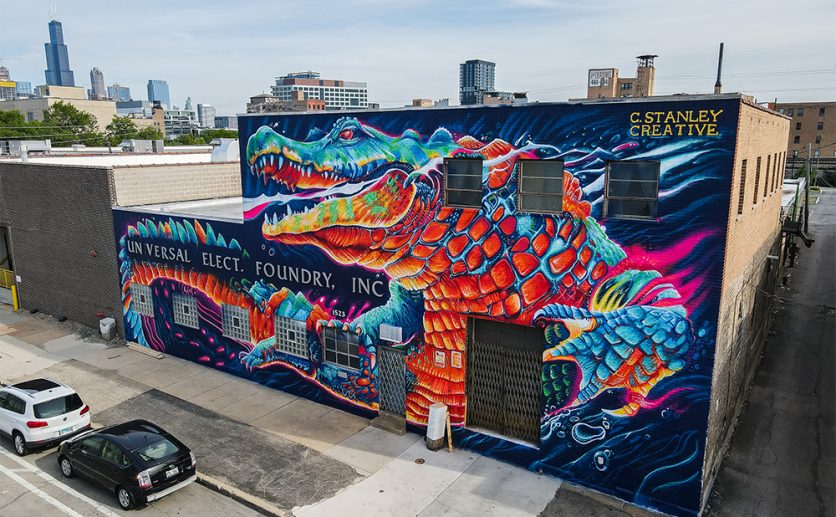
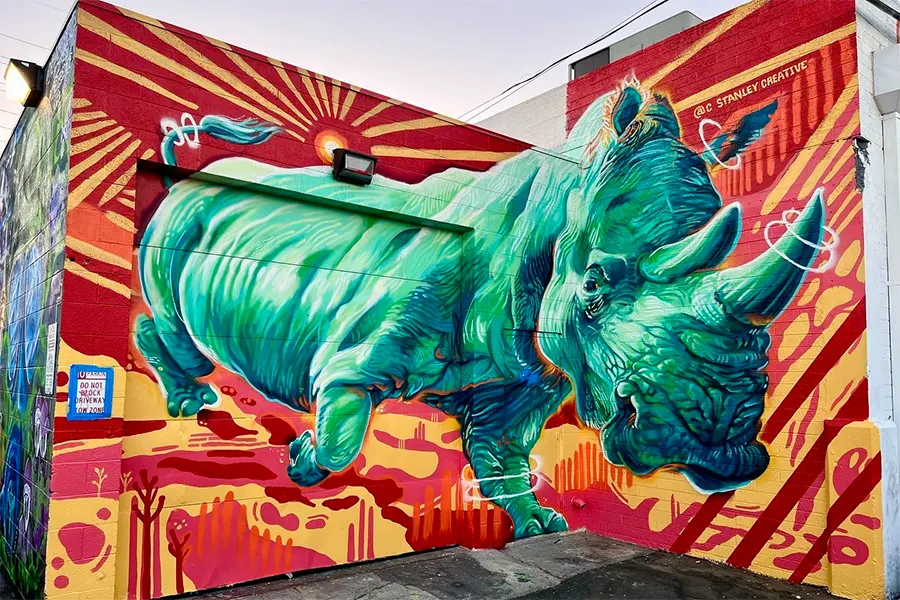
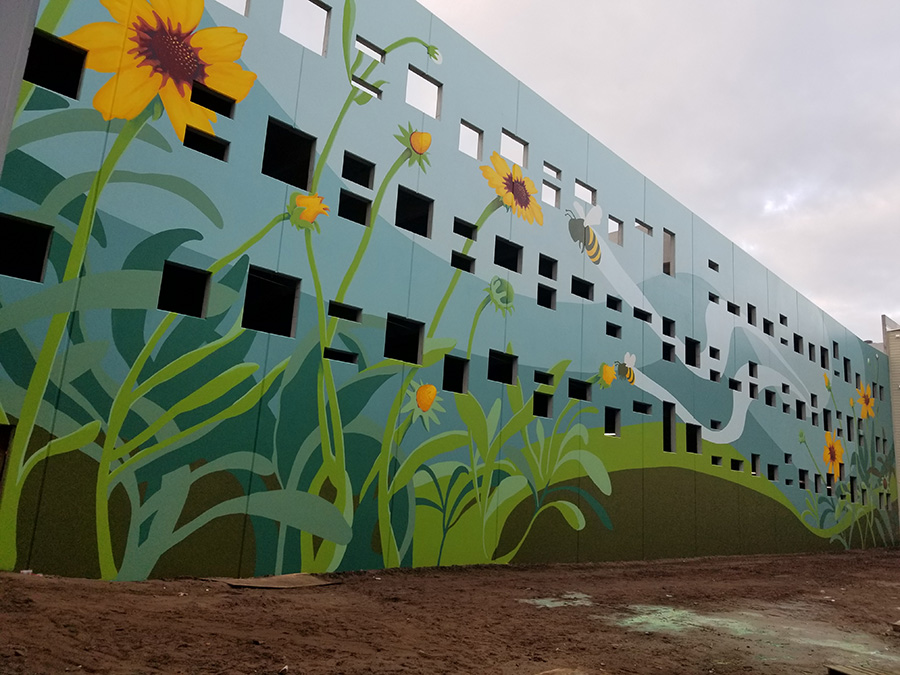
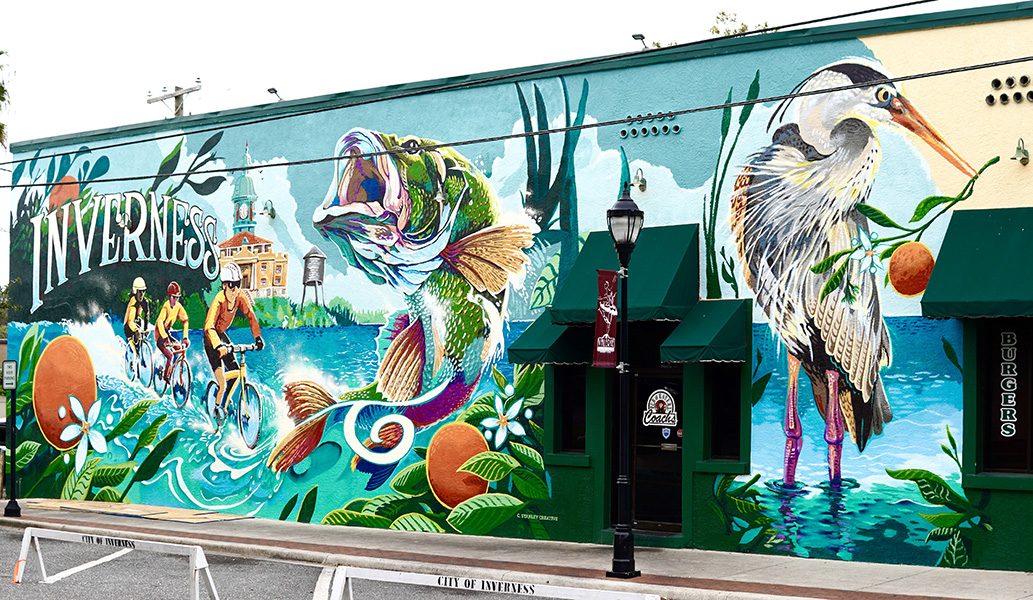
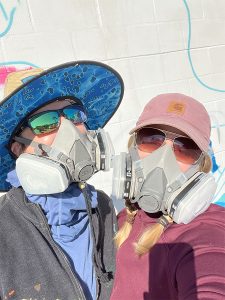 ABOUT THE AUTHOR
ABOUT THE AUTHOR